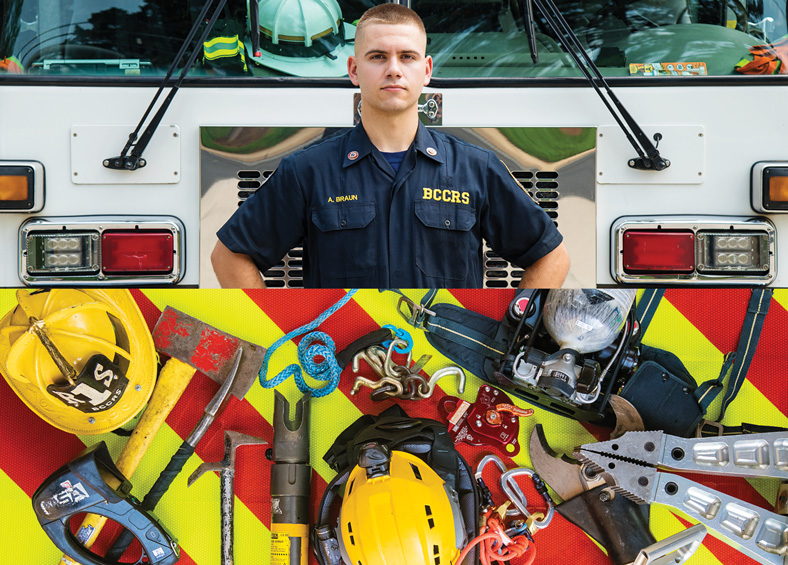
I started volunteering here when I was a freshman at AU. By my sophomore year, I had completed 165 hours of EMT training and 150 hours of firefighting classes. Today I work about 100 hours a week.
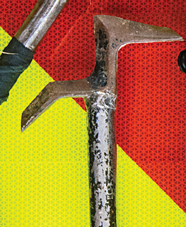
We use the hook—a four- to six-foot piece of metal with a pry bar on one end and a sharp hook on the other—to open up the walls and ceiling to ensure the fire is out.
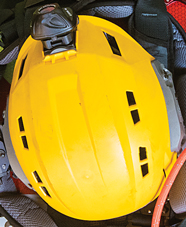
Our tech rescue helmets are much lighter than our firefighting helmets, which makes it easier to maneuver. They have lights mounted to the front and side to help illuminate our work space.

The self-contained breathing apparatus gives us 45 minutes of air—or 25 when we’re working hard. It weighs 25 pounds. We wear 60 pounds of gear and carry up to 40 pounds of equipment.
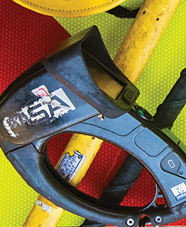
The thermal imaging camera (TIC) helps us search for victims. In 1997 my unit was the first in the country to save a fire victim using a TIC.
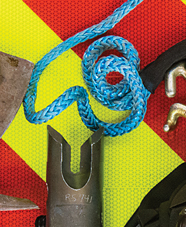
A car on its side can be very dangerous. We bury struts—four-foot-long posts with different tips—into the vehicle, then use a tieback rope to create a “V” to stabilize the car.
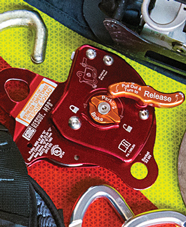
The Multi-Purpose Device is used in high-angle rope rescues—for example, when a tree worker fell into a culvert at the bottom of a hill on the Capital Crescent Trail in August 2017.
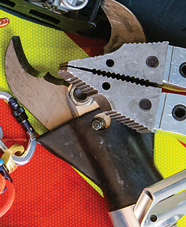
We average one or two car accidents per shift but have only used the hydraulic spreaders and cutters—the “jaws of life”—20 times so far this year. They cut through a car with 200,000 pounds of force.

We serve one-sixth of Montgomery County and see 20 to 40 working fires each year. The irons—an axe and Halligan bar—are used to force entry into a structure.
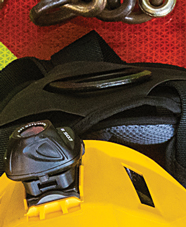
The Helix Harness covers our shoulders, waist, and legs. It keeps us safe and comfortable while we’re suspended from ropes.
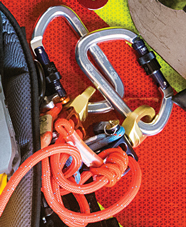
The AZTEK Kit can be integrated into our rope systems in many ways: to make it easier to change the direction of an anchor point, to tilt the rescue basket, or to maneuver above or below the patient.
